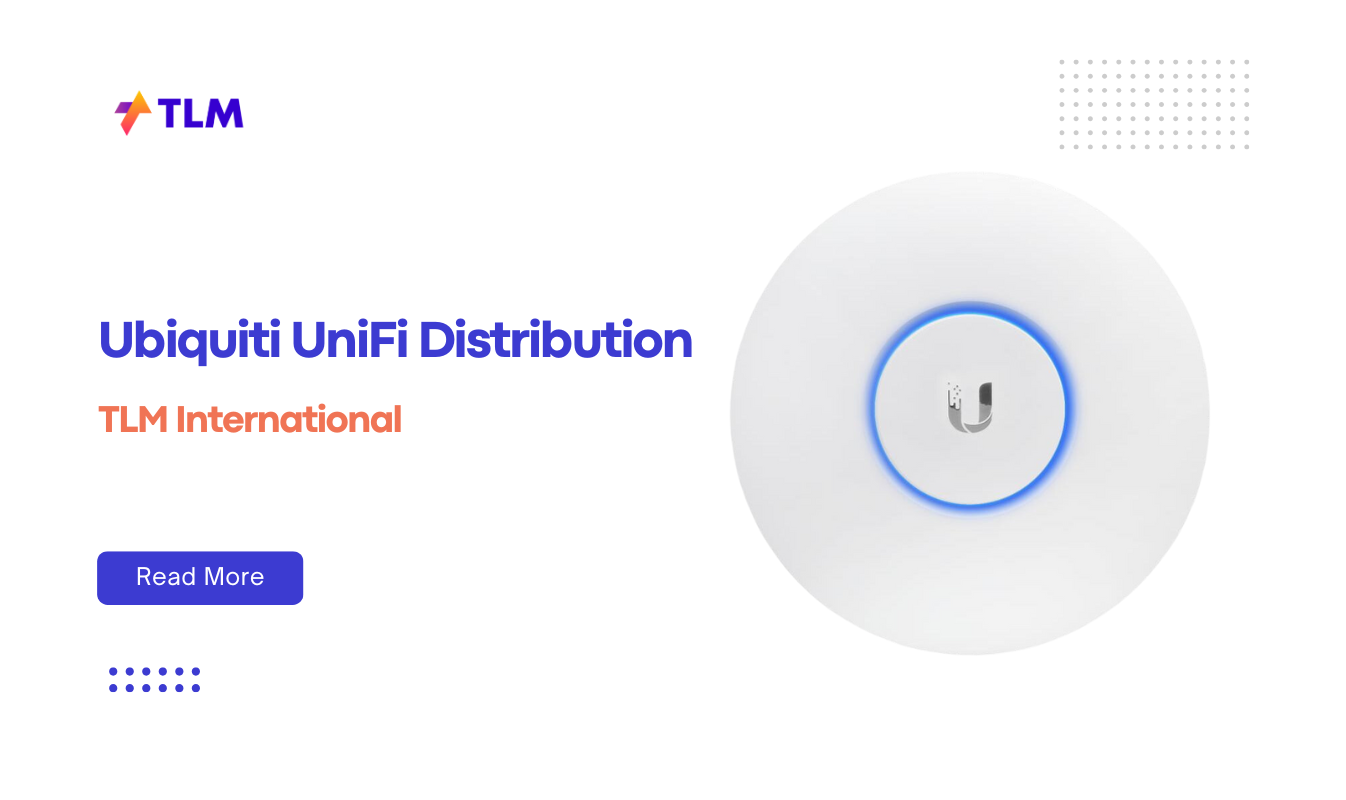In networking, a route map is a powerful tool used by network administrators to control and manipulate routing information. Think of it as a set of rules or policies that determine how traffic flows through a network. Whether you’re managing a small office network or a large-scale enterprise infrastructure, route maps can help you fine-tune routing behavior to meet specific requirements.
This guide will walk you through the basics of route maps, how they work, their applications, and some practical examples to get you started.
Introduction: Basics of Route Maps and Their Uses
A route map is essentially a list of sequential statements that are evaluated one by one. Each statement consists of two main components:
- Match Statements: These define the conditions that must be met for the rule to apply (e.g., matching specific IP addresses, prefixes, or other attributes).
- Set Statements: These specify the actions to take if the match conditions are met (e.g., modifying route attributes like metrics or next-hop addresses).
Route maps are commonly used in various routing protocols such as BGP (Border Gateway Protocol), OSPF (Open Shortest Path First), EIGRP (Enhanced Interior Gateway Routing Protocol), and RIP (Routing Information Protocol). They allow administrators to:
- Filter routes
- Redistribute routes between protocols
- Implement policy-based routing
- Modify routing attributes dynamically
How Route Maps Work
To understand how route maps function, it’s helpful to compare them to “if-then” logic in programming. Here’s how they operate:
- Sequential Processing: Route maps process statements from top to bottom. Each statement has a sequence number that determines its order.
- Matching Criteria: The router evaluates the match conditions in each statement. If a condition is met, the router executes the associated set actions.
- Permit and Deny Rules: Each statement can either permit or deny traffic based on the match conditions.
Example Configuration
Below is an example of a basic route map configuration:
route-map MY_ROUTE_MAP permit 10
match ip address prefix-list MY_PREFIX_LIST
set metric 100
In this example:
- The route map named MY_ROUTE_MAP permits traffic that matches MY_PREFIX_LIST.
- It modifies the metric (cost) of matched routes to 100.
Applications of Route Maps
Route maps are versatile and can be applied in numerous scenarios:
1. Policy-Based Routing (PBR)
Policy-based routing allows you to override default routing behavior by directing traffic based on custom policies rather than just destination IP addresses.
For example:
- You can route traffic from specific users or devices through a preferred path for better performance.
- Load balancing can be implemented by distributing traffic across multiple paths.
2. Route Redistribution
Route redistribution involves sharing routes between different routing protocols (e.g., OSPF to BGP). Route maps help control which routes are shared and how they are advertised.
3. Traffic Filtering
Route maps can filter unwanted routes from being advertised or received, improving network security and stability.
4. Route Manipulation
By modifying route attributes such as metrics, next-hop addresses, or tags, administrators can influence routing decisions and optimize network performance.
5. Network Segmentation
In complex networks, route maps can segment traffic into different zones for enhanced security and resource allocation.
Practical Examples
Here are some real-world use cases for route maps:
Example 1: Filtering Routes During Redistribution
Suppose you have two networks behind Router R1 (192.168.0.0/24 and 192.168.1.0/24) that need to be redistributed into an OSPF domain but want to exclude other networks.
text
access-list 10 permit 192.168.0.0 0.0.0.255
access-list 10 permit 192.168.1.0 0.0.0.255
route-map REDISTRIBUTE_OSPF permit 10
match ip address 10
set metric 1000
This configuration filters out unwanted networks and sets the cost for redistribution.
Example 2: Policy-Based Routing for Specific Traffic
You want all HTTP traffic from a specific subnet (192.168.2.0/24) to take an alternate path via a specific next-hop address.
text
access-list 20 permit tcp any any eq 80
route-map PBR_HTTP permit 10
match ip address 20
set ip next-hop 10.1.1.2
This ensures HTTP traffic follows the desired path without affecting other types of traffic.
Conclusion
Route maps are an indispensable tool for network administrators looking to implement advanced routing policies and optimize network performance. By understanding their functionality and applications, you can harness their power to achieve greater control over your network’s behavior.
Whether you’re filtering routes during redistribution, implementing policy-based routing, or manipulating attributes for better performance, mastering route maps will make managing your network both efficient and effective!
FAQs
1. What is the difference between a route map and an access list?
An access list filters packets based on specific criteria like source/destination IPs or ports, while a route map manipulates routing information and applies policies to routes rather than individual packets.
2. Can I use route maps with any routing protocol?
Yes, most modern routing protocols such as OSPF, BGP, EIGRP, and RIP support route maps for advanced policy implementation.
3. How do I troubleshoot issues with route maps?
Start by verifying your configuration using commands like show route-map. Check if the match conditions are correct and use debugging tools to trace traffic flow through the network.
4. Are there any limitations to using route maps?
While powerful, route maps can become complex in large networks with multiple policies applied simultaneously, requiring careful planning and documentation.
5. Can I modify an existing route map without disrupting traffic?
Yes, because each statement in a route map has a sequence number, you can add or delete specific statements without affecting others.





